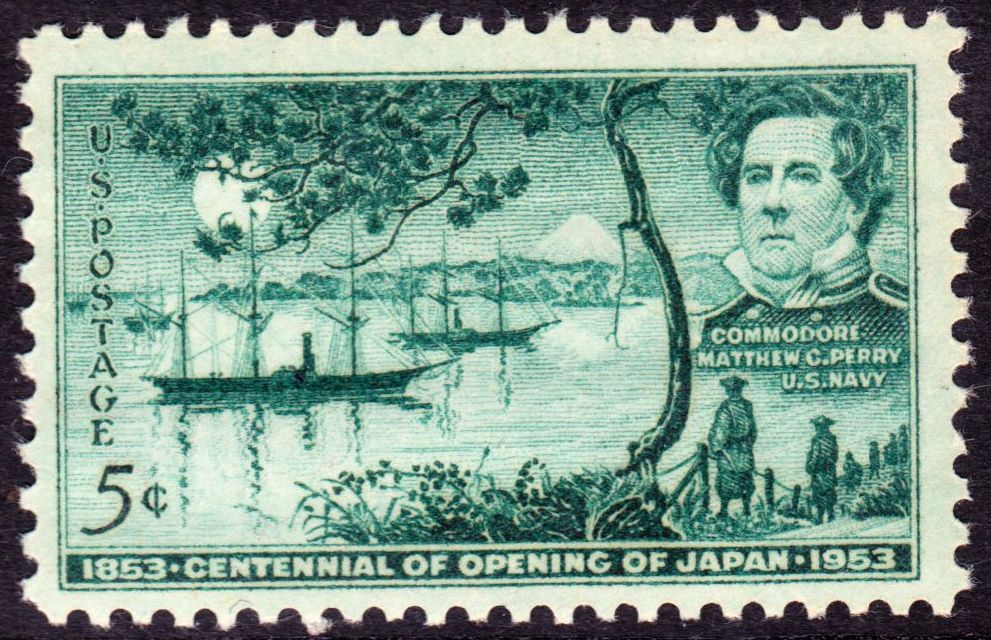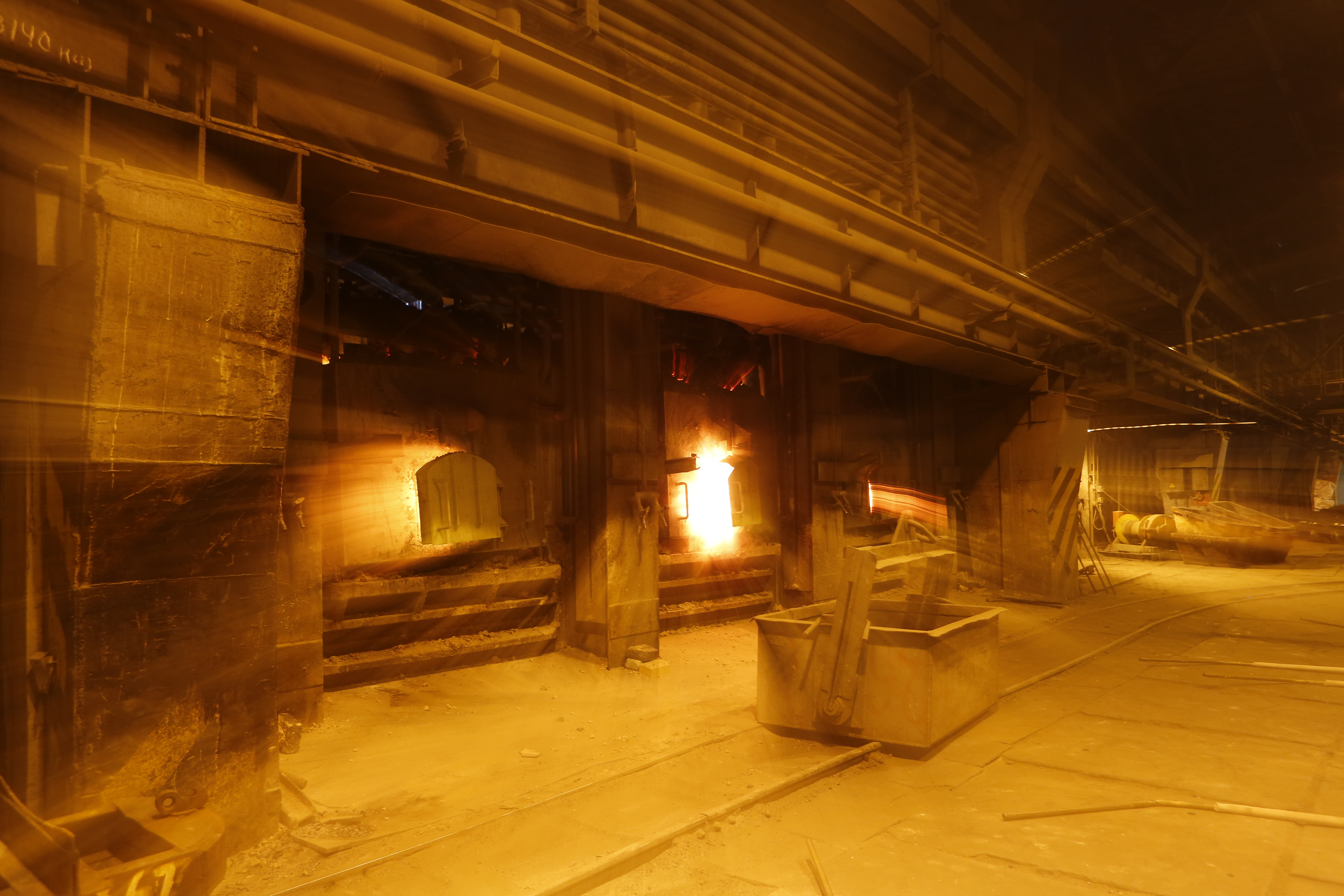|
Nabeshima Naomasa
was the 10th and final ''daimyō'' of Saga Domain in Hizen Province, Kyūshū, Japan. His honorary title was '' Hizen-no-Kami'', and he was occasionally referred to as “Prince Hizen” in western accounts during the Bakumatsu period. Biography Naomasa was born the 17th son of Nabeshima Narinao, the 9th ''daimyō'' of Saga Domain. His mother was a daughter of Ikeda Harumichi. His wife was the 18th daughter of ''shōgun'' Tokugawa Ienari, and one of his concubines was the 19th daughter of Tokugawa Narimasa. On the retirement of his father in 1830, Naomasa was appointed 10th ''daimyō'' of Saga at the age of 17. In celebration of his new role and to reinforce the close relations between Saga domain and the shogunate, his father-in-law Shōgun Tokugawa Ienari allowed him the use of one character from his name. Thus, "Narimasa" was written (斉正) until the end of the Edo period. Naomasa inherited a domain on the verge or bankruptcy, due to high expenses associated with it ... [...More Info...] [...Related Items...] OR: [Wikipedia] [Google] [Baidu] |
Nagasaki, Nagasaki
is the capital and the largest city of Nagasaki Prefecture on the island of Kyushu in Japan. It became the sole port used for trade with the Portuguese and Dutch during the 16th through 19th centuries. The Hidden Christian Sites in the Nagasaki Region have been recognized and included in the UNESCO World Heritage List. Part of Nagasaki was home to a major Imperial Japanese Navy base during the First Sino-Japanese War and Russo-Japanese War. Near the end of World War II, the American atomic bombings of Hiroshima and Nagasaki made Nagasaki the second and, to date, last city in the world to experience a nuclear attack (at 11:02 am, August 9, 1945 'Japan Standard Time (UTC+9)'). , the city has an estimated population of 407,624 and a population density of 1,004 people per km2. The total area is . History Nagasaki as a Jesuit port of call The first contact with Portuguese explorers occurred in 1543. An early visitor was Fernão Mendes Pinto, who came from Sagre ... [...More Info...] [...Related Items...] OR: [Wikipedia] [Google] [Baidu] |
Vaccination
Vaccination is the administration of a vaccine to help the immune system develop immunity from a disease. Vaccines contain a microorganism or virus in a weakened, live or killed state, or proteins or toxins from the organism. In stimulating the body's adaptive immunity, they help prevent sickness from an infectious disease. When a sufficiently large percentage of a population has been vaccinated, herd immunity results. Herd immunity protects those who may be immunocompromised and cannot get a vaccine because even a weakened version would harm them. The effectiveness of vaccination has been widely studied and verified. Vaccination is the most effective method of preventing infectious diseases; widespread immunity due to vaccination is largely responsible for the worldwide eradication of smallpox and the elimination of diseases such as polio and tetanus from much of the world. However, some diseases, such as measles outbreaks in America, have seen rising cases due to relativel ... [...More Info...] [...Related Items...] OR: [Wikipedia] [Google] [Baidu] |
Smallpox
Smallpox was an infectious disease caused by variola virus (often called smallpox virus) which belongs to the genus Orthopoxvirus. The last naturally occurring case was diagnosed in October 1977, and the World Health Organization (WHO) certified the global eradication of the disease in 1980, making it the only human disease to be eradicated. The initial symptoms of the disease included fever and vomiting. This was followed by formation of ulcers in the mouth and a skin rash. Over a number of days, the skin rash turned into the characteristic fluid-filled blisters with a dent in the center. The bumps then scabbed over and fell off, leaving scars. The disease was spread between people or via contaminated objects. Prevention was achieved mainly through the smallpox vaccine. Once the disease had developed, certain antiviral medication may have helped. The risk of death was about 30%, with higher rates among babies. Often, those who survived had extensive scarring of ... [...More Info...] [...Related Items...] OR: [Wikipedia] [Google] [Baidu] |
Western Medicine
Medicine is the science and practice of caring for a patient, managing the diagnosis, prognosis, prevention, treatment, palliation of their injury or disease, and promoting their health. Medicine encompasses a variety of health care practices evolved to maintain and restore health by the prevention and treatment of illness. Contemporary medicine applies biomedical sciences, biomedical research, genetics, and medical technology to diagnose, treat, and prevent injury and disease, typically through pharmaceuticals or surgery, but also through therapies as diverse as psychotherapy, external splints and traction, medical devices, biologics, and ionizing radiation, amongst others. Medicine has been practiced since prehistoric times, and for most of this time it was an art (an area of skill and knowledge), frequently having connections to the religious and philosophical beliefs of local culture. For example, a medicine man would apply herbs and say prayers for healing, o ... [...More Info...] [...Related Items...] OR: [Wikipedia] [Google] [Baidu] |
Rangaku
''Rangaku'' (Kyūjitai: /Shinjitai: , literally "Dutch learning", and by extension "Western learning") is a body of knowledge developed by Japan through its contacts with the Dutch enclave of Dejima, which allowed Japan to keep abreast of Western technology and medicine in the period when the country was closed to foreigners from 1641 to 1853 because of the Tokugawa shogunate's policy of national isolation (sakoku). Through Rangaku, some people in Japan learned many aspects of the scientific and technological revolution occurring in Europe at that time, helping the country build up the beginnings of a theoretical and technological scientific base, which helps to explain Japan's success in its radical and speedy modernization following the forced American opening of the country to foreign trade in 1854. History The Dutch traders at Dejima in Nagasaki were the only Europeans tolerated in Japan from 1639 until 1853 (the Dutch had a trading post in Hirado from 1609 till 16 ... [...More Info...] [...Related Items...] OR: [Wikipedia] [Google] [Baidu] |
Tokyo Bay
is a bay located in the southern Kantō region of Japan, and spans the coasts of Tokyo, Kanagawa Prefecture, and Chiba Prefecture. Tokyo Bay is connected to the Pacific Ocean by the Uraga Channel. The Tokyo Bay region is both the most populous and largest industrialized area in Japan. Names In ancient times, Japanese knew Tokyo Bay as the . By the Azuchi–Momoyama period (1568–1600) the area had become known as after the city of Edo. The bay took its present name in modern times, after the Imperial court moved to Edo and renamed the city Tokyo in 1868. Geography Tokyo Bay juts prominently into the Kantō Plain. It is surrounded by the Bōsō Peninsula in Chiba Prefecture to the east and the Miura Peninsula in Kanagawa Prefecture to the west. The shore of Tokyo Bay consists of a diluvial plateau and is subject to rapid marine erosion. Sediments on the shore of the bay make for a smooth, continuous shoreline. Boundaries In a narrow sense, Tokyo Bay is the area n ... [...More Info...] [...Related Items...] OR: [Wikipedia] [Google] [Baidu] |
Sonnō Jōi
was a '' yojijukugo'' (four-character compound) phrase used as the rallying cry and slogan of a political movement in Japan in the 1850s and 1860s during the Bakumatsu period. Based on Neo-Confucianism and Japanese nativism, the movement sought to overthrow the Tokugawa shogunate and restore the power of the Emperor of Japan. Etymology During the Spring and Autumn period of China, Chancellor Guan Zhong of Qi initiated a policy known as ''Zunwang Rangyi'' (尊王攘夷 ; lit. "Revere the King, Expel the Barbarians"), in reference to the Zhou kings. Adopting and adhering to it, Duke Huan of Qi assembled the Chinese feudal lords to strike down the threat of barbarians from China. For it, Confucius himself praised Guan Zhong for the preservation of Chinese civilization through the example of the contrast in the hairstyles and clothing styles between them and barbaric peoples. Through the '' Analects'' of Confucius, the Chinese expression came to be transmitted to Japan as ' ... [...More Info...] [...Related Items...] OR: [Wikipedia] [Google] [Baidu] |
Sakoku
was the isolationist foreign policy of the Japanese Tokugawa shogunate under which, for a period of 265 years during the Edo period (from 1603 to 1868), relations and trade between Japan and other countries were severely limited, and nearly all foreign nationals were banned from entering Japan, while common Japanese people were kept from leaving the country. The policy was enacted by the shogunate government (or ) under Tokugawa Iemitsu through a number of edicts and policies from 1633 to 1639, and ended after 1853 when the Perry Expedition commanded by Matthew C. Perry forced the opening of Japan to American (and, by extension, Western) trade through a series of treaties, called the Convention of Kanagawa. It was preceded by a period of largely unrestricted trade and widespread piracy. Japanese mariners and merchants traveled Asia, sometimes forming communities in certain cities, while official embassies and envoys visited Asian states, New Spain (known as Mexico sinc ... [...More Info...] [...Related Items...] OR: [Wikipedia] [Google] [Baidu] |
Commodore Matthew Perry
Matthew Calbraith Perry (April 10, 1794 – March 4, 1858) was a commodore of the United States Navy who commanded ships in several wars, including the War of 1812 and the Mexican–American War (1846–1848). He played a leading role in the opening of Japan to the West with the Convention of Kanagawa in 1854. Perry was interested in the education of naval officers and assisted in the development of an apprentice system that helped establish the curriculum at the United States Naval Academy. With the advent of the steam engine, he became a leading advocate of modernizing the U.S. Navy and came to be considered "The Father of the Steam Navy" in the United States. Lineage Matthew Perry was a member of the Perry family, a son of Sarah Wallace (née Alexander) (1768–1830) and Navy Captain Christopher Raymond Perry (1761–1818). He was born April 10, 1794, South Kingstown, Rhode Island. His siblings included Oliver Hazard Perry, Raymond Henry Jones Perry, Sarah Wallace Perry, ... [...More Info...] [...Related Items...] OR: [Wikipedia] [Google] [Baidu] |
Steam Engine
A steam engine is a heat engine that performs mechanical work using steam as its working fluid. The steam engine uses the force produced by steam pressure to push a piston back and forth inside a cylinder. This pushing force can be transformed, by a connecting rod and crank, into rotational force for work. The term "steam engine" is generally applied only to reciprocating engines as just described, not to the steam turbine. Steam engines are external combustion engines, where the working fluid is separated from the combustion products. The ideal thermodynamic cycle used to analyze this process is called the Rankine cycle. In general usage, the term ''steam engine'' can refer to either complete steam plants (including boilers etc.), such as railway steam locomotives and portable engines, or may refer to the piston or turbine machinery alone, as in the beam engine and stationary steam engine. Although steam-driven devices were known as early as the aeo ... [...More Info...] [...Related Items...] OR: [Wikipedia] [Google] [Baidu] |
Reverberatory Furnace
A reverberatory furnace is a metallurgical or process furnace that isolates the material being processed from contact with the fuel, but not from contact with combustion gases. The term ''reverberation'' is used here in a generic sense of ''rebounding'' or '' reflecting'', not in the acoustic sense of ''echoing''. Operation Chemistry determines the optimum relationship between the fuel and the material, among other variables. The reverberatory furnace can be contrasted on the one hand with the blast furnace, in which fuel and material are mixed in a single chamber, and, on the other hand, with crucible, muffling, or retort furnaces, in which the subject material is isolated from the fuel and all of the products of combustion including gases and flying ash. There are, however, a great many furnace designs, and the terminology of metallurgy has not been very consistently defined, so it is difficult to categorically contradict other views. Applications and comparison wit ... [...More Info...] [...Related Items...] OR: [Wikipedia] [Google] [Baidu] |









